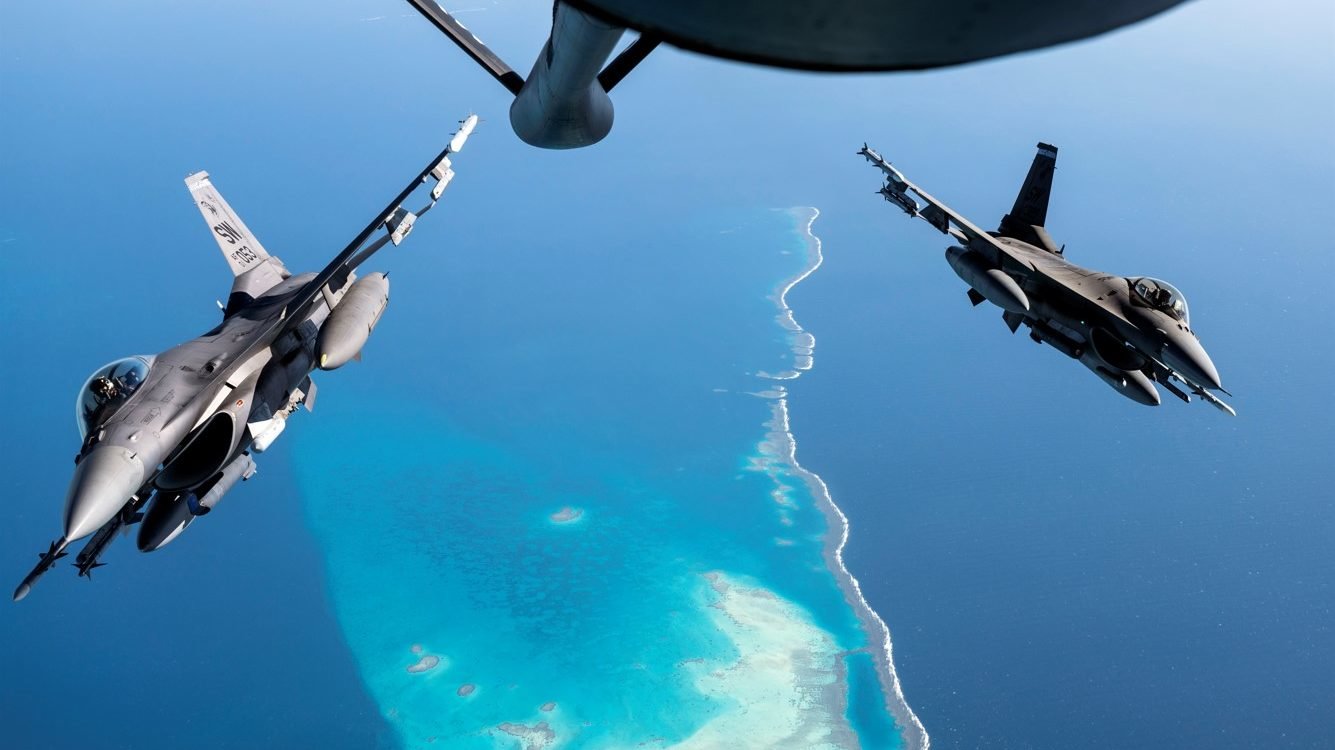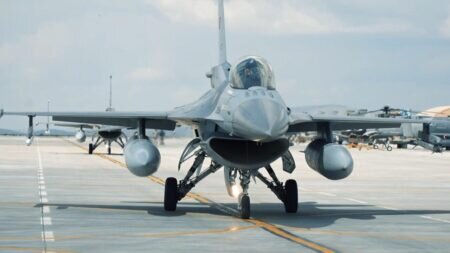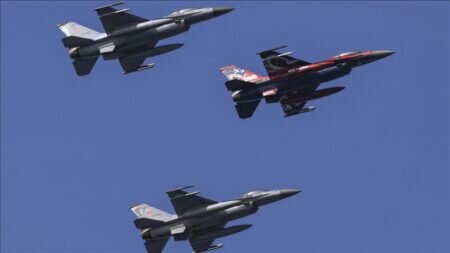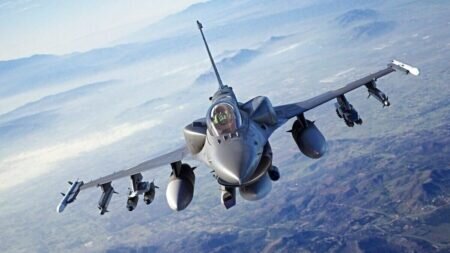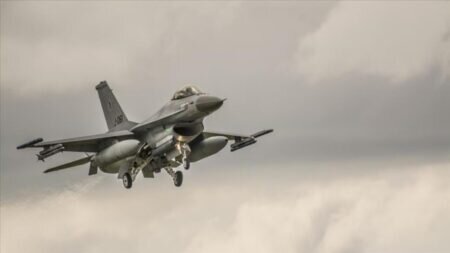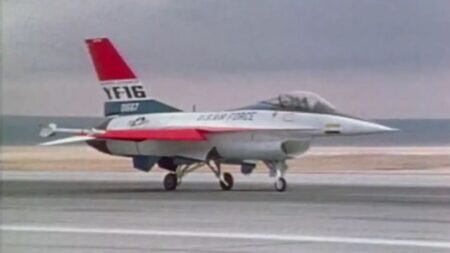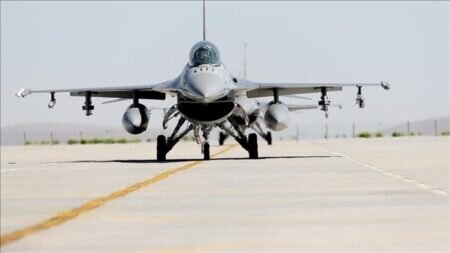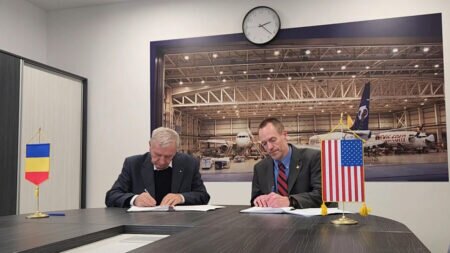Air Force Life Cycle Management Center announced that in one of the largest modernization efforts in U.S. Air Force history, 608 F-16s – comprised of Blocks 40 and 50 – will undergo up to 22 modifications designed to improve lethality and ensure the fourth-generation fighter remains effective in meeting current and future threats.
The Air Force Life Cycle Management Center’s Fighters and Advanced Aircraft Directorate is leading the complex project, known as Post Block Integration Team or PoBIT, and developed the plan to organize and install the modifications on the aircraft.
“This is a pretty massive effort, a collision of mods as we call it,” said Oryan “OJ” Joseph, program manager with the directorate’s F-16 Program Office. “We had to quickly look at all of the mods that are going on the aircraft and not only understand the timing of when the mods are going to deliver, but also when the aircraft will be available from the units. There are a lot of variables, a give and take tug of war that we deal with every day on bringing down aircraft [for modifications] at the right time.”
Updates to the aircraft include installing Active Electronically Scanned Array radar and Link 16 – a battlefield communication system, modernizing the cockpit and main mission computer, and converting the fleet to a high speed data network.
In addition, the fighter will receive next-generation electronic warfare capability as well as a Communication Suite Upgrade, a Center Display Unit, a Programmable Data Generator, and several other key hardware components to modernize the aircraft.
A number of the modifications have already started and will continue over several years. Overall, PoBIT involves six major commands, more than 18 bases, multiple companies, and contracts totaling approximately $6.3 billion.
“This effort is a big deal for the Air Force,” said Joseph. “In order for us to keep the F-16 in the fight performing all its different roles for our Combatant Commanders, we must significantly modernize the fleet.”
“Making sure we have the right modifications at the right time is crucial to the warfighter,” added 1st Lt. Andrew Elledge, program manager, F-16 Program Office. “It requires effort and daily coordination to ensure there is progress and communication with all programs related to this effort across all the bases involved. While this effort is a challenge, being able to keep the F-16 in the fight with the latest and greatest technology is the driving factor. I am thankful to have such experienced teammates to help tackle these complex daily tasks. It really takes all of us to keep this moving in the right direction!”

